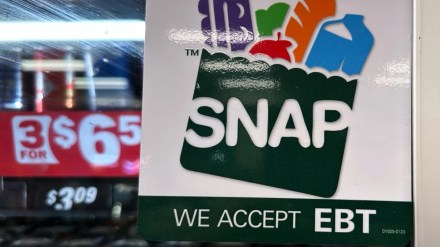The US government has fully restored the Supplemental Nutrition Assistance Program (SNAP), commonly known as food stamps, for millions of Americans following the reopening of the federal government.
However, despite this restoration, nearly 42 million low-income families and vulnerable households could still lose their eligibility due to new federal rules enacted earlier this year.
What is SNAP?
SNAP is the largest federal food assistance program in the US designed to help low- and no-income individuals and families afford nutritious food. SNAP provides eligible households with monthly benefits loaded onto an Electronic Benefit Transfer (EBT) card, which can be used to purchase food items at authorised retailers. The program aims to reduce hunger and improve nutrition by increasing the food purchasing power of those in need.
New restrictions threaten millions of eligibility
A significant policy overhaul, the ‘One Big Beautiful Bill Act’ of 2025 signed by President Donald Trump, increases work requirements and tightens eligibility rules, putting millions at risk of losing benefits.
The law raises the upper age limit for mandatory work requirements from 54 to 64 and removes exemptions for key groups, including homeless individuals, veterans, and young adults who aged out of foster care.
Parents with children aged 14 and older, previously exempt, now must meet work requirements too, ABC News reported.
What is the impact on immigrants and refugees?
The new rules also bar most refugees, asylum seekers, and certain humanitarian visa holders from SNAP eligibility, disrupting decades of federal precedent.
This change affects approximately 90,000 people, with only certain lawful permanent residents, Cuban or Haitian entrants under humanitarian parole, and Specific Pacific Islanders remaining eligible, reports claimed.
States face new financial burdens
The legislation shifts some costs to states, requiring those with higher SNAP payment error rates to share 5% to 15% of program costs starting in 2028.
Many states may lack the funds needed to comply, potentially forcing them to reduce benefits eligibility or withdraw from parts of the program altogether, which could lead to 3,00,000 people losing SNAP access between 2028 and 2034.
What this means for SNAP recipients
While the restoration of SNAP benefits after the government shutdown brings immediate relief, millions face a precarious future.
The combination of reduced immigrant eligibility, and state-level funding pressures threatens to shrink the safety net, placing many vulnerable Americans at risk of food insecurity despite a recovering economy.
